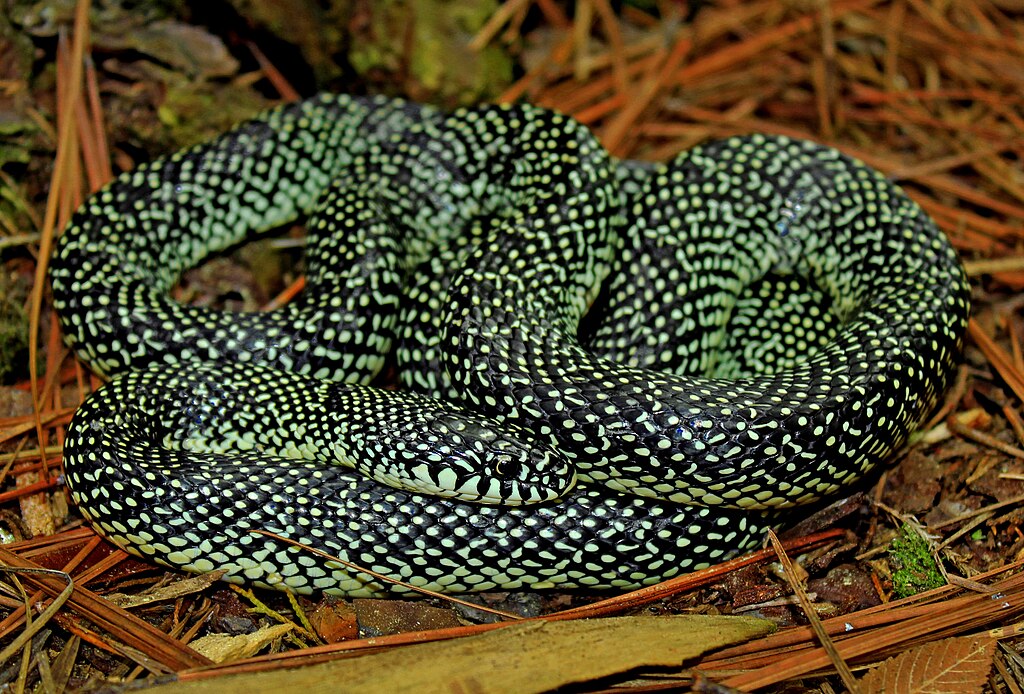The world of snakes is filled with fascinating adaptations that have evolved over millions of years. Among these remarkable features is their unique sensory system, which differs significantly from our human experience. While humans rely heavily on auditory perception through our ears, snakes have developed a distinctive way of sensing their environment that prioritizes vibrations over airborne sounds. This fundamental difference in sensory perception explains why a snake might remain perfectly still when you speak near it but dart away instantly when it feels your footsteps approaching. Understanding this aspect of snake biology not only satisfies our curiosity but also provides valuable insights for both snake enthusiasts and those who wish to avoid unexpected encounters with these remarkable reptiles.
The Myth of Deaf Snakes

For many years, snakes were widely considered to be completely deaf creatures. This misconception stemmed from the apparent lack of external ears, leading many to assume snakes had no hearing capabilities whatsoever. However, modern research has revealed a more nuanced reality about snake sensory perception. While snakes don’t hear in the same way humans do, they aren’t truly deaf – they simply process sound information differently. Their auditory system has evolved to detect specific types of vibrations rather than the broad spectrum of airborne sounds that humans can perceive. This specialized adaptation allows snakes to focus on the most relevant environmental cues for their survival and hunting strategies, demonstrating nature’s remarkable ability to craft sensory systems perfectly suited to an animal’s ecological niche.
Anatomy of Snake Hearing
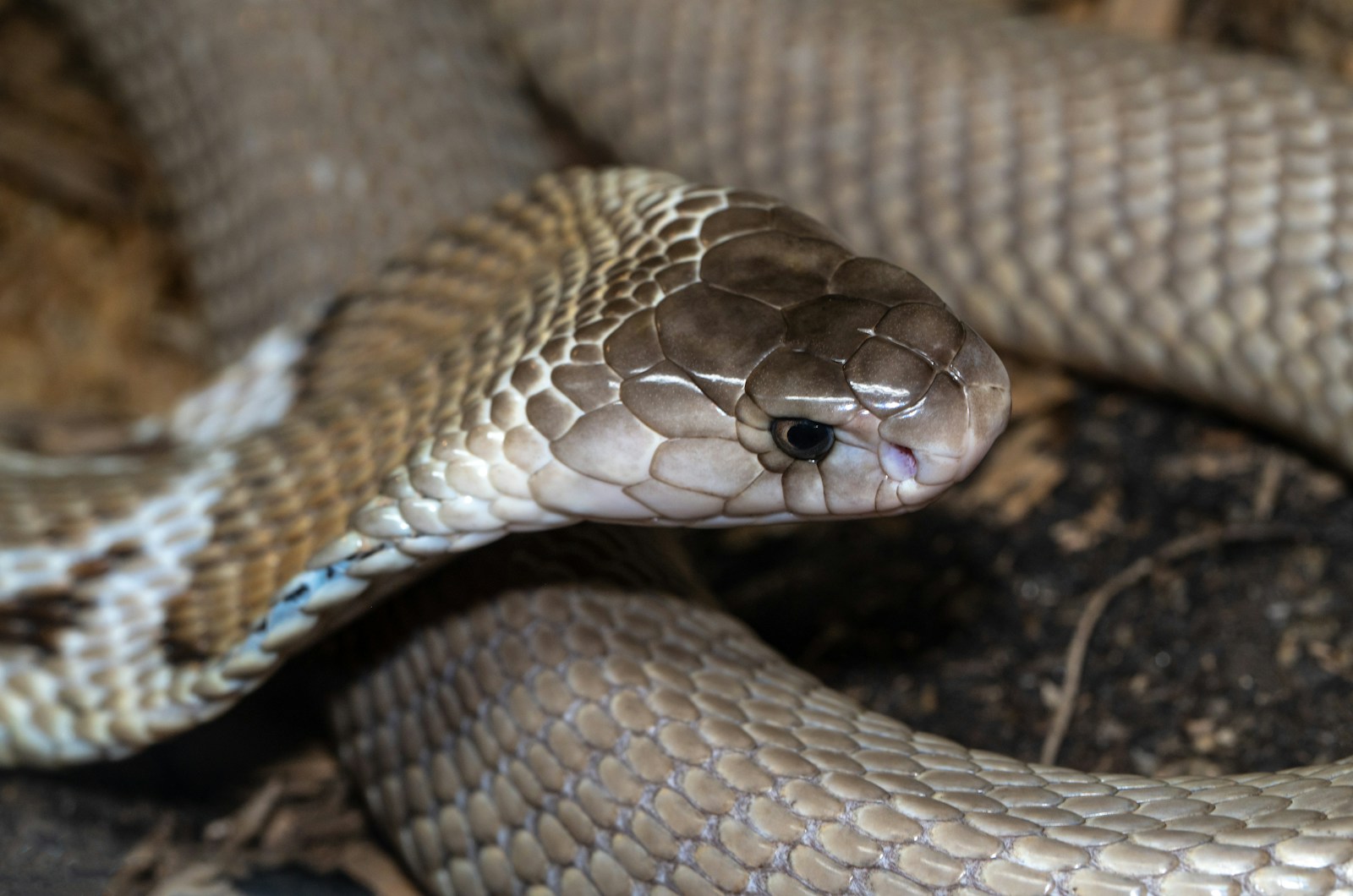
The anatomy of a snake’s hearing system differs dramatically from mammals, explaining their unique sensory capabilities. Unlike humans with our visible external ears that collect sound waves, snakes lack external ear openings and middle ear cavities. Instead, they possess an inner ear connected to their jawbone by a small bone called the columella (or stapes). This structure means that while snakes can’t detect airborne sounds effectively, they excel at sensing ground-borne vibrations. When vibrations travel through the ground or a solid surface, they’re transmitted directly to the snake’s jawbone, which then passes these vibrations to the inner ear via the columella. This specialized anatomical arrangement has evolved specifically to detect the types of vibrations most relevant to a snake’s survival, such as the movement of prey or approaching predators across the ground.
The Science of Vibration Detection
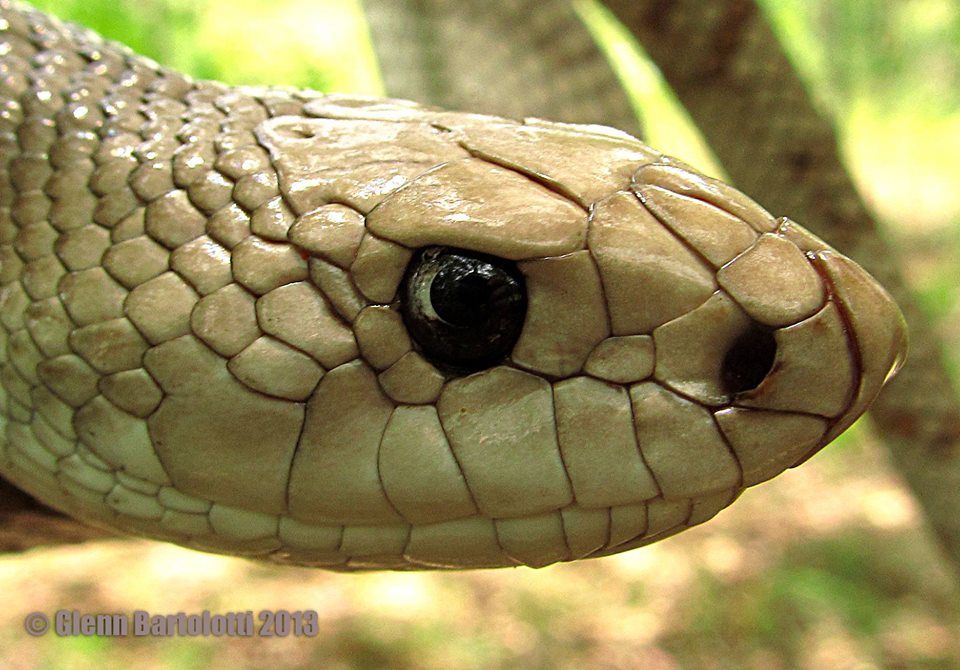
Snakes’ vibration detection operates on a fascinating scientific principle that transforms mechanical energy into neural signals. When vibrations travel through substrate material like soil, rocks, or plant matter, they create minute movements that the snake’s body can detect. These vibrations are transmitted through the snake’s skeletal structure to specialized receptors in the inner ear. What makes this system particularly remarkable is its sensitivity – some snake species can detect vibrations so subtle they’re imperceptible to humans. This heightened sensitivity to vibrations is possible because snakes essentially use their entire body as a vibration detection instrument, with their long, ground-contacting form providing an extensive surface area for collecting vibrational information. The frequency range they can detect is specifically tuned to the kinds of vibrations produced by relevant biological events in their environment, such as prey movement.
Evolutionary Advantages of Vibration Sensitivity
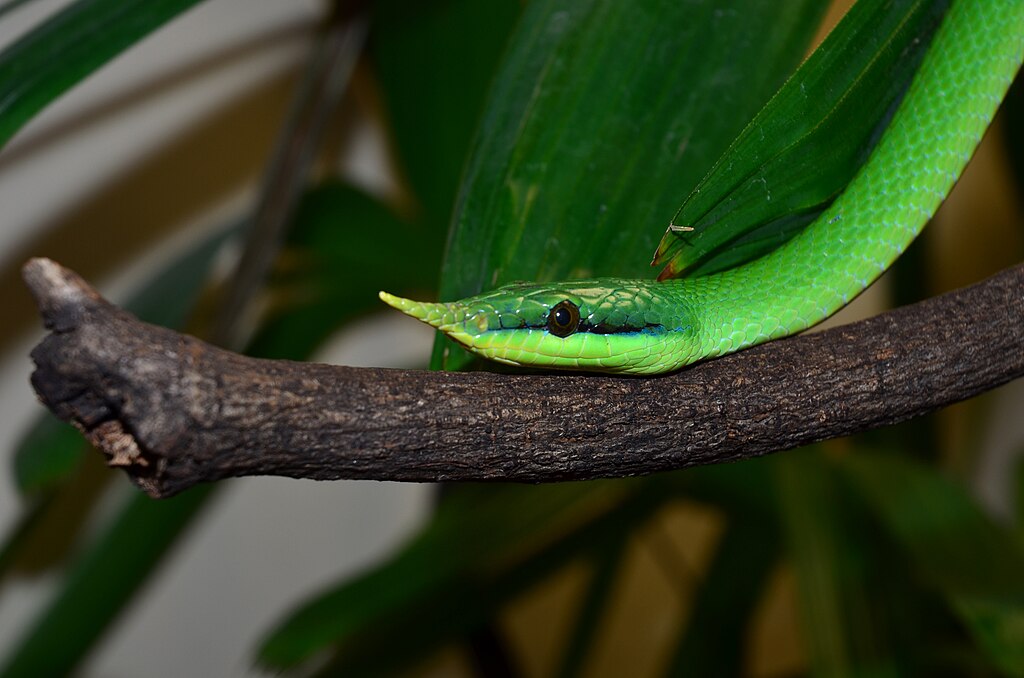
The evolution of vibration sensitivity over auditory hearing offers snakes several distinct survival advantages in their ecological niches. By focusing on ground vibrations rather than airborne sounds, snakes can detect approaching predators or prey even when visual confirmation isn’t possible, such as when hunting at night or navigating dense undergrowth. This adaptation is particularly valuable because most of a snake’s potential prey and predators make contact with the ground when moving, creating detectable vibrations that travel efficiently through soil and rock. Additionally, vibration detection works in environments where sound transmission might be poor, such as underground burrows or dense vegetation. Over millions of years, natural selection has refined this sensory system, allowing snakes to occupy specialized ecological roles that would be unavailable to animals relying primarily on visual or conventional auditory cues.
The Role of the Jacobson’s Organ

While not directly related to vibration detection, the Jacobson’s organ (or vomeronasal organ) complements snakes’ sensory systems in fascinating ways that enhance their overall environmental awareness. Located in the roof of a snake’s mouth, this specialized organ allows snakes to “taste” the air by analyzing chemical particles collected on their forked tongues. When a snake flicks its tongue, it gathers scent molecules which are then pressed against the Jacobson’s organ for chemical analysis. This system works alongside vibration detection to create a comprehensive sensory picture of the environment. For instance, when ground vibrations alert a snake to potential prey, the Jacobson’s organ can help confirm the prey’s identity and location through chemical signatures. This multi-sensory approach demonstrates how snakes have evolved complementary systems that compensate for their limited auditory capabilities, creating an integrated sensory network perfectly adapted to their predatory lifestyle.
How Snakes Use Vibration Detection for Hunting
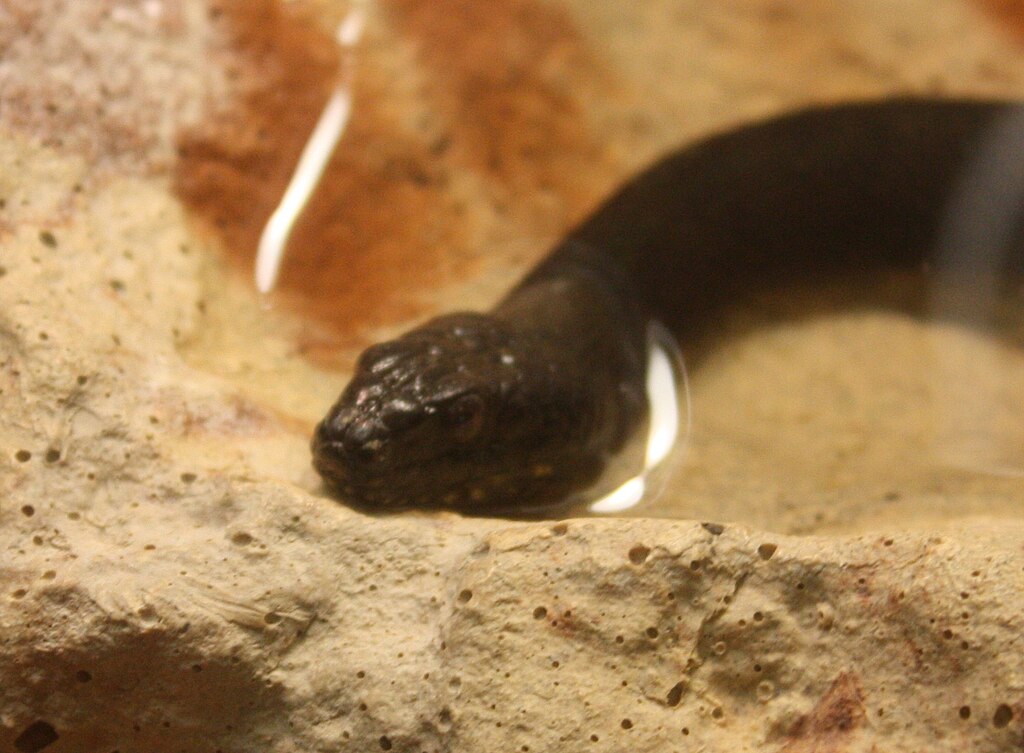
Vibration detection serves as a crucial hunting tool for many snake species, allowing them to locate and track prey with remarkable precision. When small mammals, birds, or other potential prey move across the ground, they generate distinctive vibration patterns that travel through the substrate. Snakes can detect these specific vibration signatures, allowing them to distinguish between different potential prey animals and even determine their size, direction of movement, and distance. This ability proves especially valuable for ambush predators like vipers and pythons, which often remain motionless until prey comes within striking range. The vibration information helps these predators time their strikes perfectly, conserving valuable energy by attacking only when success is likely. For nocturnal snake species, vibration detection becomes even more critical, allowing effective hunting in conditions where visual cues would be insufficient, demonstrating the remarkable specialization of this sensory system.
Vibration Detection in Different Snake Species
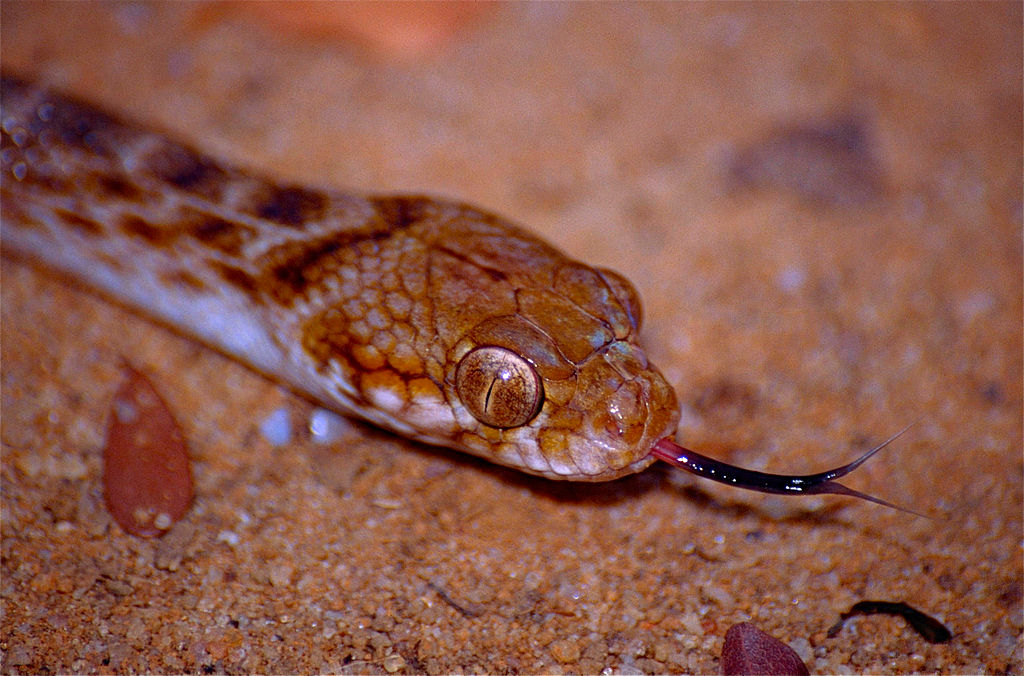
The sensitivity and utilization of vibration detection vary significantly across different snake species, reflecting their diverse habitats and hunting strategies. Burrowing species like sand boas and blind snakes have highly developed vibration sensitivity that allows them to navigate and hunt effectively underground, where visual information is limited or nonexistent. Conversely, arboreal species like vine snakes rely less on ground vibrations and have evolved other specialized sensory adaptations for their canopy lifestyle. Pit vipers represent a fascinating intermediate case – while they possess exceptional vibration sensitivity, they also have heat-sensing pit organs that allow them to detect the infrared radiation emitted by warm-blooded prey. Aquatic snakes like sea snakes have adapted their vibration detection to work in water, sensing the pressure waves created by swimming fish. These variations demonstrate how evolution has fine-tuned vibration detection capabilities to match each species’ specific ecological requirements and hunting techniques.
Can Snakes Hear Anything at All?

Recent scientific research has revealed that snakes do possess limited capabilities for detecting airborne sounds, challenging the long-held belief that they’re completely deaf to conventional audio. Studies indicate that some snake species can detect low-frequency airborne sounds between approximately 80 and 600 Hz, though their sensitivity is much lower than that of most mammals. This limited hearing range corresponds roughly to some of the sounds produced by predators, suggesting it may serve as a secondary warning system. However, this auditory capability is rudimentary compared to their vibration detection abilities and likely plays a minor role in their overall sensory perception. Experimental evidence shows that when given a choice between responding to airborne sounds or ground vibrations of similar frequencies, snakes consistently show stronger reactions to the vibrations. This preference underscores that while snakes aren’t entirely deaf, their sensory world remains primarily dominated by vibrations rather than conventional sounds.
Practical Implications for Human-Snake Interactions

Understanding snakes’ vibration sensitivity has important practical implications for anyone who lives in or visits snake habitats. When hiking in snake territory, heavy footfalls create ground vibrations that alert snakes to human presence long before visual contact occurs, typically prompting them to retreat before an encounter happens. This explains why most snakes disappear before hikers even see them – they’ve detected the approaching vibrations and moved away. For wildlife photographers or researchers wanting to observe snakes, moving slowly and lightly can reduce these warning vibrations, increasing chances of successful observation. Conversely, in areas with dangerous snake species, deliberately creating ground vibrations by stomping or using a walking stick can serve as an effective precautionary measure to alert snakes and give them time to move away. This knowledge transforms potential fear-based reactions to snakes into informed behaviors that promote safety for both humans and these remarkable reptiles.
Myths vs. Facts About Snake Hearing

The internet and folklore are filled with misconceptions about snake hearing and vibration detection that deserve clarification. One common myth suggests that snakes are attracted to music, particularly flute sounds – a notion popularized by snake charmer performances. In reality, snake charmers rely on the snake’s visual tracking of the instrument’s movement rather than any appreciation for the musical sounds. Another persistent misconception is that shouting at snakes will scare them away, when in fact, it’s the vibrations from stamping feet that trigger their retreat response, not the airborne sound of human voices. Some believe all snakes have identical sensory capabilities, but vibration sensitivity varies dramatically between species based on their evolutionary history and ecological niche. Perhaps most dangerously, some myths suggest snakes can’t detect approaching humans if they move slowly enough – while quieter movements produce fewer vibrations, a snake’s highly sensitive system can still detect even careful human movements at surprisingly large distances.
Research Methods for Studying Snake Sensory Perception

Scientists employ sophisticated research methods to understand the complex nature of snake sensory perception. One common approach involves controlled behavioral experiments where researchers expose snakes to various stimuli – including different frequencies of airborne sounds and substrate vibrations – while documenting their responses through high-speed video recording. More advanced studies utilize electrophysiological techniques, measuring neural activity in response to different sensory inputs by placing tiny electrodes near sensory neurons. Comparative anatomical studies examine the structure of sensory organs across different snake species, revealing how these systems have evolved to match specific ecological niches. Recent advances in neuroimaging technologies have allowed researchers to observe brain activity in living snakes as they process sensory information, though these techniques present unique challenges due to snakes’ unique physiology. These diverse research approaches collectively build our understanding of snake sensory biology, though scientists acknowledge that fully comprehending how snakes perceive their world remains an ongoing challenge due to the fundamental differences between human and reptilian sensory experiences.
The Future of Snake Sensory Research
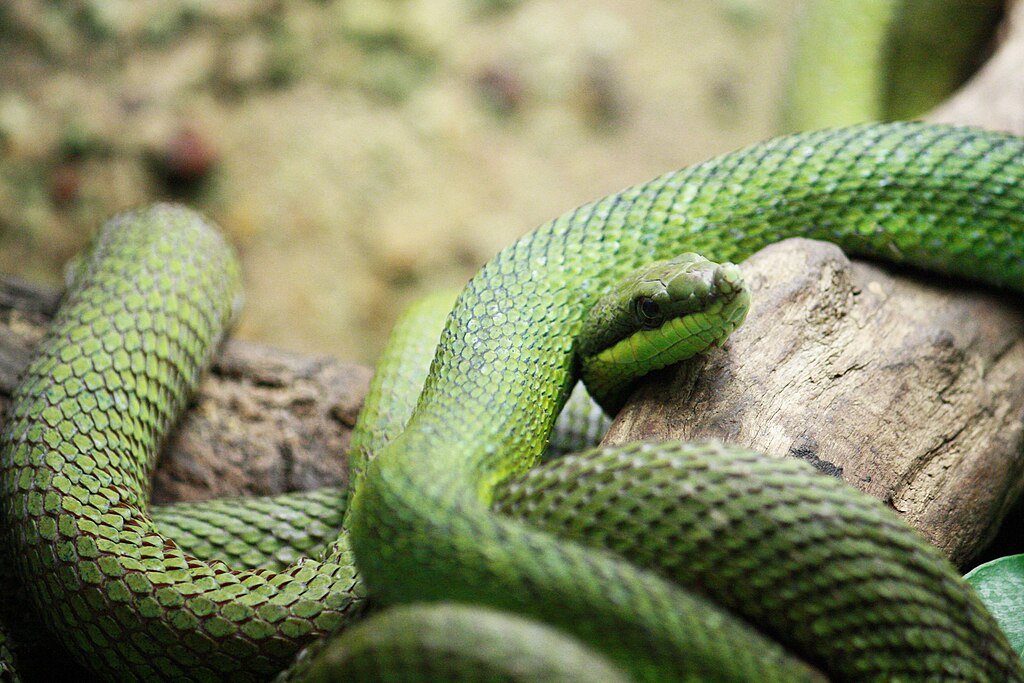
The field of snake sensory research is poised for exciting developments as new technologies and interdisciplinary approaches emerge. Advanced biomimetic sensors inspired by snakes’ vibration detection capabilities are being developed for applications ranging from earthquake early warning systems to security devices that can detect approaching footsteps. Genetic research is beginning to identify the specific genes responsible for developing snake sensory structures, potentially offering insights into the evolutionary pathways that led to their unique perceptual abilities. Virtual reality systems designed specifically for studying snake behavior may soon allow researchers to create controlled sensory environments that isolate specific stimuli, providing unprecedented precision in understanding how snakes integrate different sensory inputs. As climate change alters habitats worldwide, researchers are also investigating how environmental changes might affect vibration transmission through different substrates, potentially impacting snakes’ hunting success and survival. This vibrant research frontier not only enriches our understanding of these fascinating creatures but also demonstrates how studying specialized sensory systems can inspire innovative technologies and deeper insights into sensory biology across species.
Conclusion: The Sensory World of Snakes
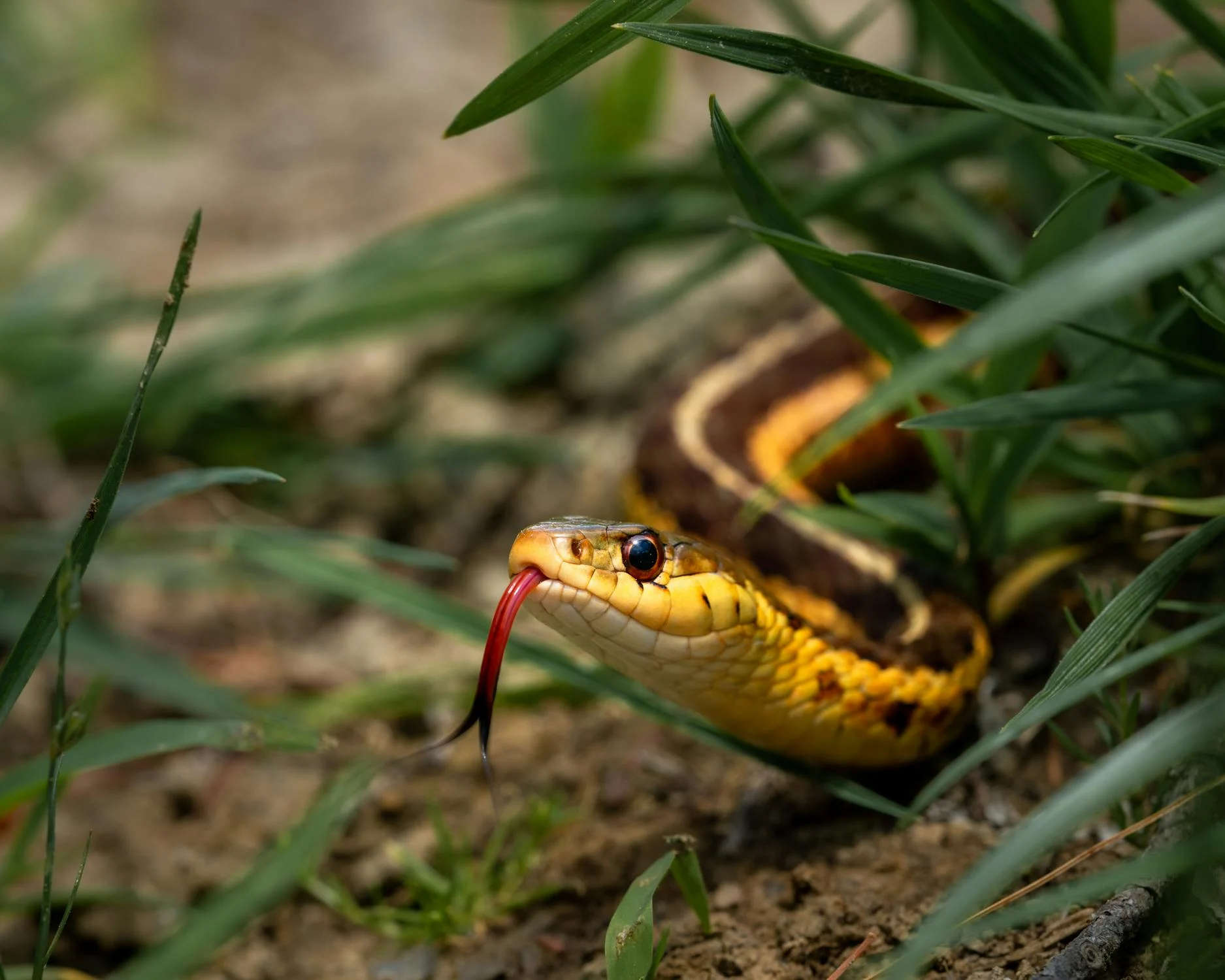
The remarkable vibration sensitivity of snakes offers a fascinating glimpse into an alternative way of perceiving the world. Unlike our human experience dominated by sight and sound, snakes inhabit a sensory landscape where subtle ground movements convey critical information about their environment. This specialized adaptation has enabled snakes to become successful predators and survivors across diverse habitats worldwide, from deserts to rainforests. By understanding that snakes primarily react to vibrations rather than noise, we gain not only scientific insight but also practical knowledge that can improve human-snake interactions. The next time you encounter a snake in the wild or in captivity, consider the unique sensory world it inhabits – one where the subtle vibrations of your footsteps speak louder than your voice ever could. This perspective fosters appreciation for the remarkable diversity of sensory adaptations in the natural world and reminds us that different animals literally experience reality in fundamentally different ways.

